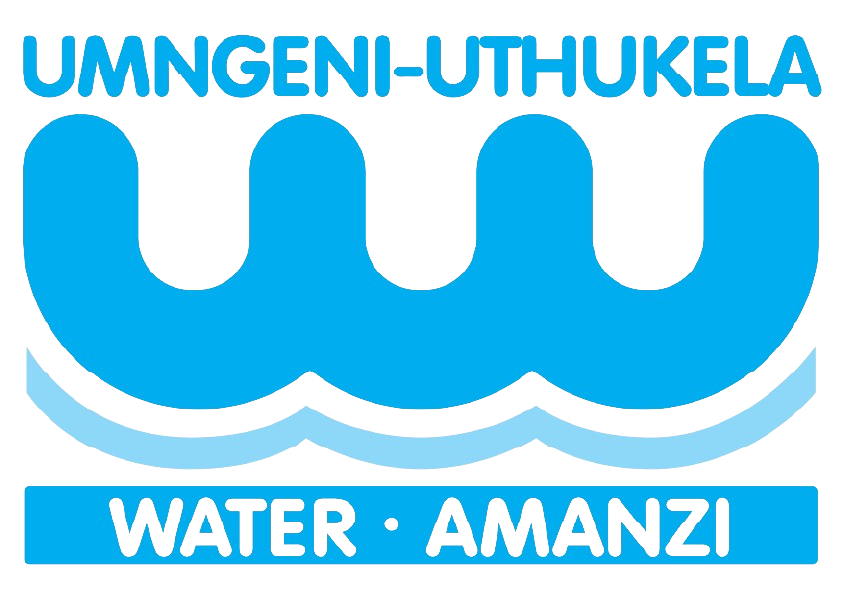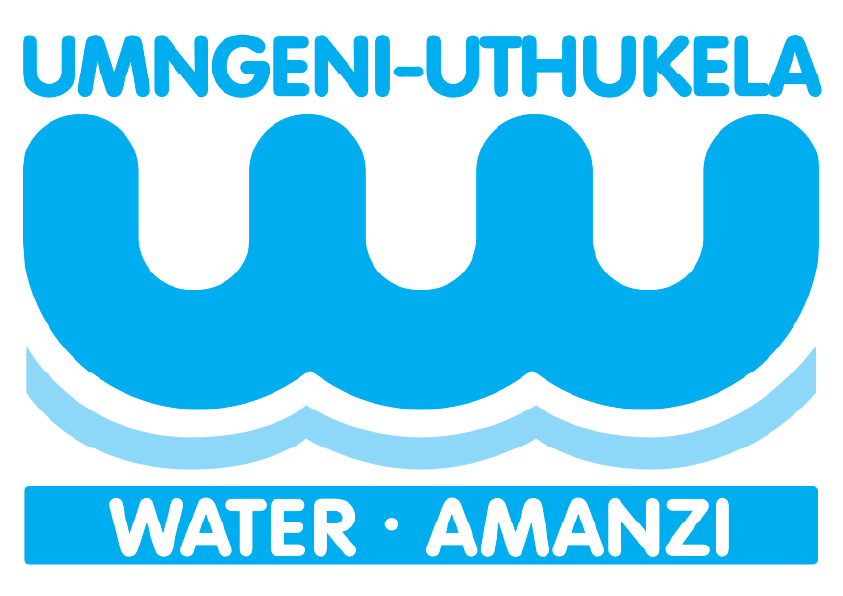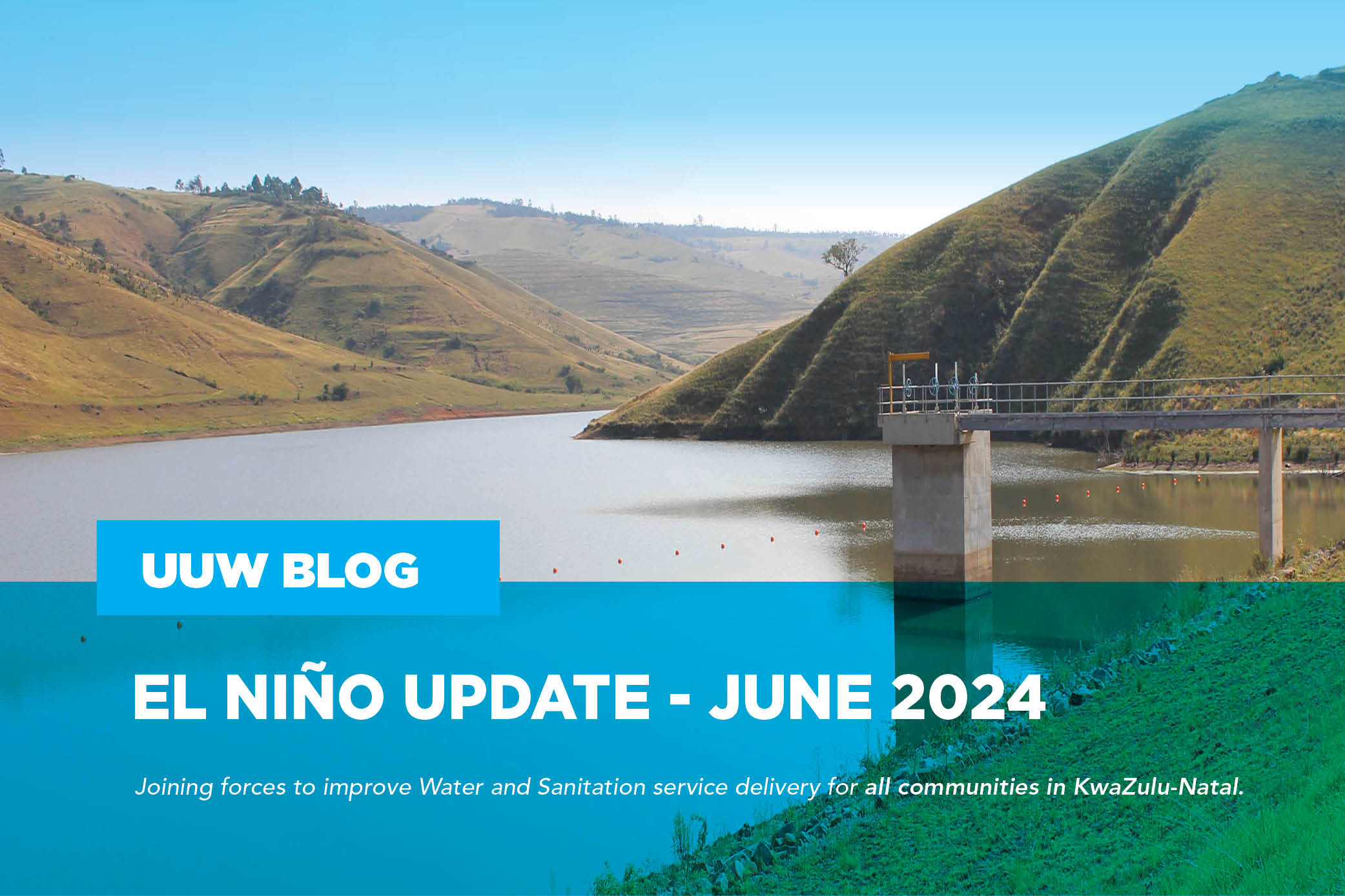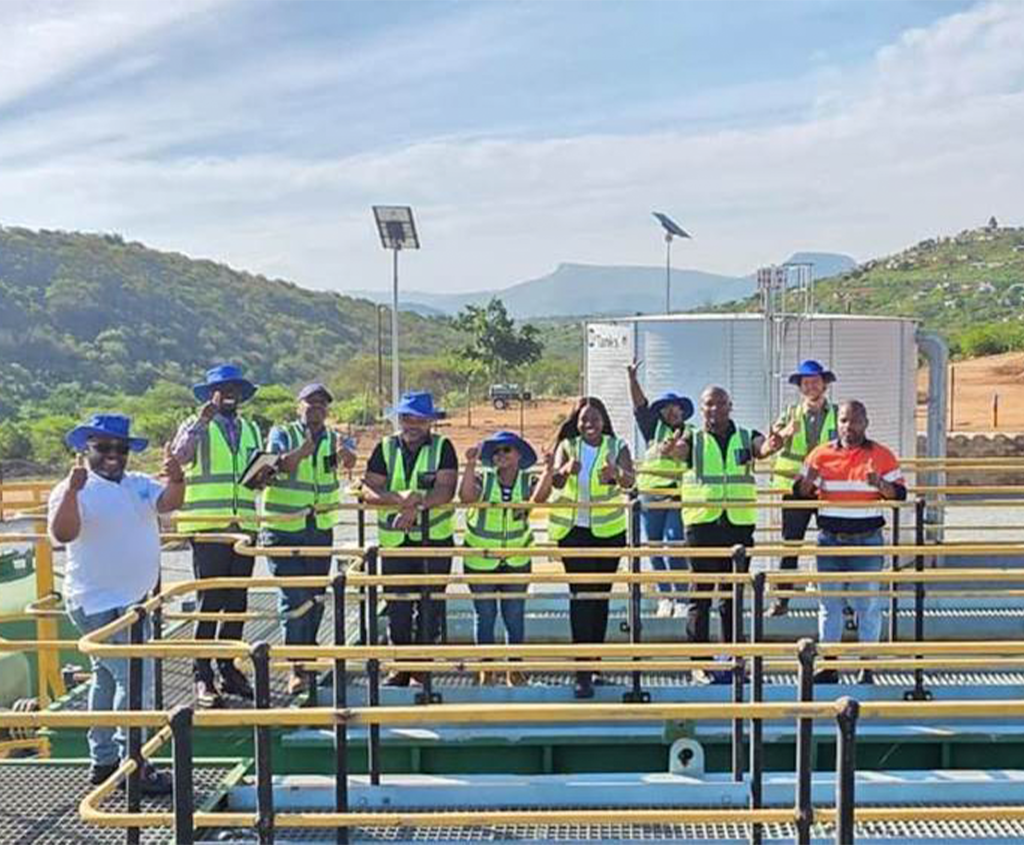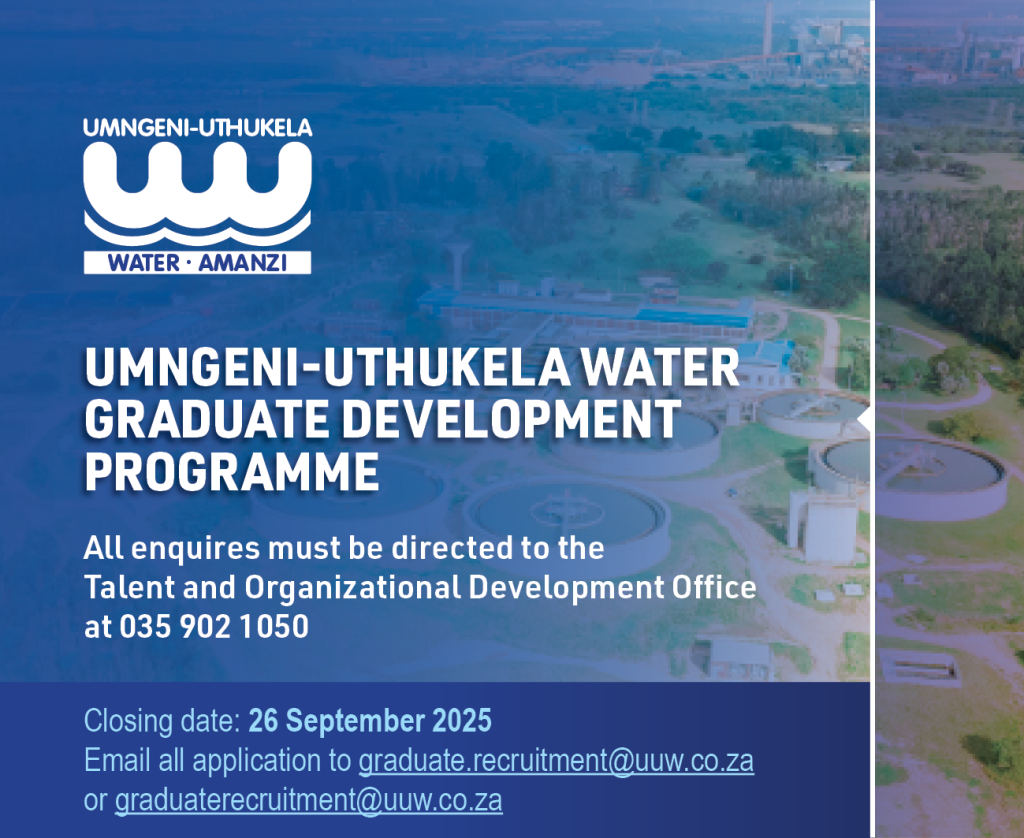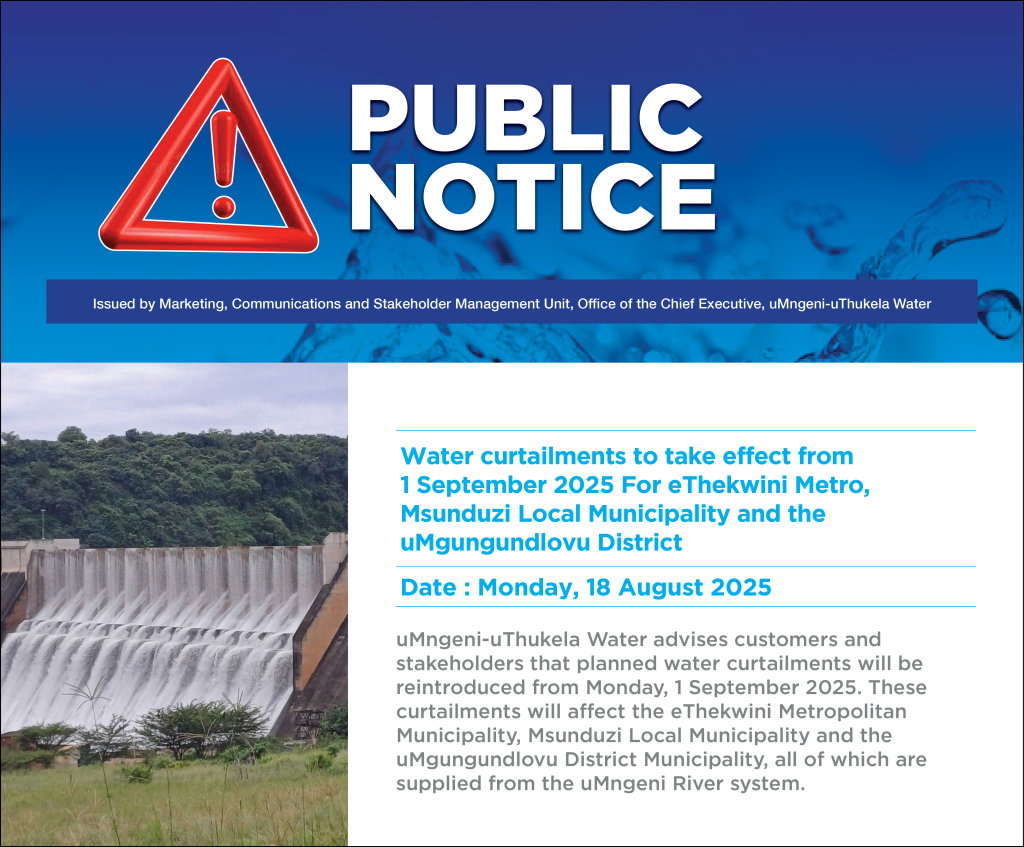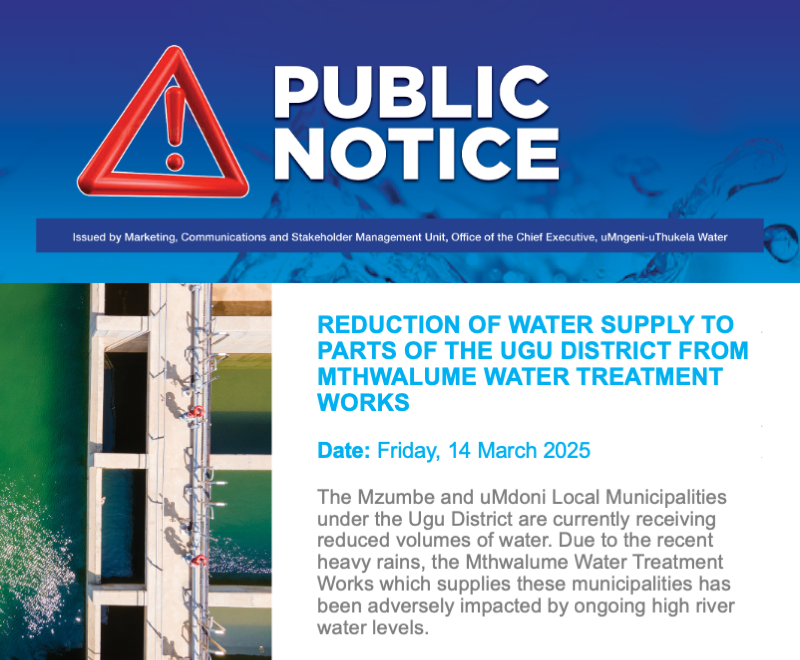As of mid-June 2024, oceanic and atmospheric indicators in the central-eastern Pacific Ocean align with neutral El Niño Southern Oscillation (ENSO) conditions, while diminishing El Niño conditions remain in the western Pacific. Predictions from various climate models suggest that the ENSO-neutral conditions will persist for the remainder of the Southern Hemisphere winter season. In addition, all climate model forecasts show potential La Niña conditions from the spring season. An important observation is that sea surface temperatures in the Southern Hemisphere have been cooling since December 2023. However, there remains great uncertainty regarding the onset, as well as the probability of La Nina conditions amongst the different models. For example, the NOAA CPC models show a 75% chance for La Niña conditions to persist during the August to October period, while the IRI shows 45% likelihood for La Nina conditions during this period (Figure 1). These differences are due to the relatively low skill of seasonal forecast models during this time of the year. Therefore, these probabilities should be used with caution.

Figure 1: ENSO Probabilities based on CPC and IRI models.
Due to the relatively good rainfall received in uMngeni-uThukela Water’s area of operation during the rainfall season, most UUW-operated dams have remained in relatively high storage levels during May and June 2024. For example, the storage trajectories of the Mgeni System are shown in Figure 2 below.
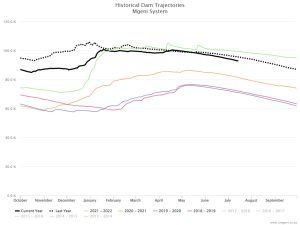
Figure 2: Historical storage trajectories for the Mgeni System.
Due to the high storage levels observed in most UUW-operated dams, the risk of non-supply remains relatively low for UUW’s customers in the short to medium-term. However, it is important for water users to implement demand-side water resources management strategies such as reusing water for non-potable purposes and fixing household leaks. uMngeni-uThukela Water will continue to monitor the ENSO signal and an update will be issued at the onset of the spring season.
